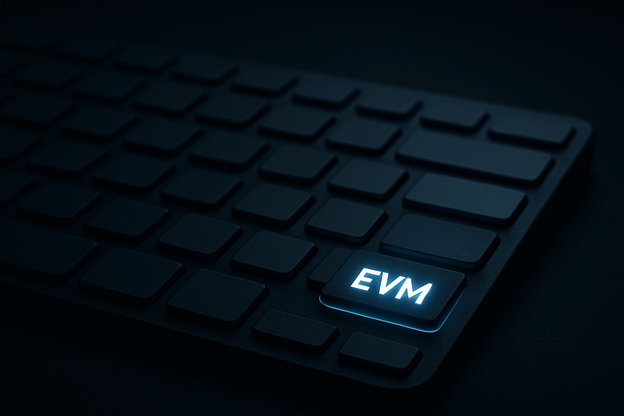
The $1Q Token Grab (And Who Gets Rich)
Posted July 02, 2025
Chris Campbell
2018 was the worst summer ever.
The charts bled like a red plague. Coins collapsed like damp paper. ICOs rotted in the sun.
Even the most hard-headed bulls had gone mute.
If someone told you, “Everything is going on the blockchain”...
You no longer laughed.
You just put a dollar into their paper cup and kept walking.
Tokenize Everything
Fast-forward to 2020, it didn’t get better. At least, it didn’t become more convincing.
Then, “on the blockchain” meant a JPEG of a monkey selling for more than your house. Or a tweet turned into an NFT. Or a DeFi farm called “Magic Pickle” offering 10,000% APY.
But now, however?
Those digital pipe dreams are becoming… well… digital plumbing.
Robinhood is tokenizing stocks and private equity. BlackRock is tokenizing Treasuries.
Franklin Templeton put mutual funds on-chain. DTCC, the backbone of U.S. stock settlement, just rolled out a tokenized real-time collateral management system.
Goldman Sachs, HSBC, UBS, and Citi are experimenting with tokenized bonds, real estate, and structured products.
Visa and Mastercard are building stablecoin rails. Bank of America says it’s ready to launch a stablecoin the moment regulation clears.
Even BNY Mellon and Fidelity are laying tokenization infrastructure.
It’s not just theory—the world’s largest financial institutions are quietly rewriting the financial tubing.
Stocks. Bonds. Real estate. Insurance. Music royalties. Jay Leno’s car collection.
Tokenization is coming for them, too.
The opportunity? The total addressable market for tokenization is easily over $1 quadrillion, with most of it still untouched.
Thing is…
Right now, one line of code has been sitting at the heart of this transformation:
function transfer(address to, uint256 amount) public returns (bool);
That one line has moved more money than most banks. (And it did it without middlemen, branches, or business hours, btw.)
And it runs on the machine now powering the tokenized space: EVM.
The Trillion-Dollar Token Machine
EVM stands for “Ethereum Virtual Machine.”
If Ethereum is an iPhone…
EVM is the operating system (like iOS) that runs the apps.
It’s what lets you:
- Write and install smart contracts (apps)
- Make them work the same way on every device (blockchain)
- Interact with stuff like DeFi, NFTs, and tokenized assets
Most other blockchains now say, “Hey, we’re not Ethereum… but we can run Ethereum apps too.”
That means they’re EVM compatible. They’re like different laptops that all run on Windows apps. You’re on Dell, I’m on Lenovo… but we both open Excel.
In other words, EVM is the lingua franca for smart contracts. New protocols default to EVM because developers, tools, infrastructure, and liquidity are already there.
In fact…
Across all tokenized assets with measurable value today, EVM-compatible chains account for:
- ~80–85% of active tokenization volume and protocols
- ~90%+ of smart contract development in tokenization
That includes private credit platforms like Maple and Goldfinch, gold and commodity tokenization through PAXG, XDC, and MELD, and stablecoins like USDC, USDT, and DAI—all of which launched first on Ethereum.
It also includes NFTs and digital collectibles, tokenized real estate derivatives, and the infrastructure behind SPVs (Securitize) and institutional funds.
In nearly every category of tokenized value, EVM-compatible chains are already where the action is.
The “EVM Index”
When institutions choose to build on EVM-compatible platforms, they're implicitly betting on Ethereum’s architecture.
Even JPMorgan’s Kinexys uses a fork of the EVM.
This gives Ethereum a kind of protocol-level immunity. It's no longer “just another chain.” It's the standard.
Like how Excel (.xlsx) became the standard for spreadsheets… even if you use Google Sheets.
BUT… for the real asymmetry…
It’s not as simple as going out and buying ETH and calling it a day.
Not exactly.
Right now, our eyes are on a basket of projects and protocols riding the EVM wave.
